
Comparing the number of undergraduate students at the University of Massachusetts registered as American Indian or Alaska Native between the years 2009 and 2016, a decline can be seen. While 89 of those students were listed as attending UMass in fall of 2009, only 27 students (30 percent of the 2009 figure) were registered seven years later.
This data was complicated by two changes in how accredited universities report their enrollment figures because of the 2010 United States Census.
The U.S. Office of Management and Budget’s revised standards and created a new category for students of two or more races, which students who select multiple races are now solely listed in. The one exception to this rule is for students who select they are Hispanic or Latino, who are classified in that category regardless of whether they identified as multiple races on the Common Application.
These changes make it much more difficult to determine the exact amount of Native American students at UMass, as students who identify with multiple races, including Native, will not be classified as such.
“I’d say it is in decline,” said Andreus Ridley, the president of the Native American Student Association at UMass and a senior in the University Without Walls program. “That’s backed up by the numbers I’m seeing. I’m also seeing that with the organizations I’m involved in.”
Ridley described a lower turnout at events hosted in the Josephine White Eagle Cultural Center in Chadbourne Hall.
“I think that has real consequences for the classroom as well, when Native Americans do not exist in significant numbers,” Ridley said.
James Roche, the associate provost for enrollment management at UMass, said that the change made in federal reporting due to the 2010 Census resulted in an immediate drop-off in the number of Native students reported.
He added that after the initial drop-off, the number had stabilized from around 27 students to 32.
“There’s typically about a four-year cycle to all of this stuff,” Roche said. “The kids who were identified in 2010, some of them were already in the system.”
Leykia Brill, the assistant provost for diversity at UMass, said that she has been involved in University efforts to boost Native enrollment, first meeting with tribal elders at the 35th Annual UMass Powwow in 2016.
Brill added that she has visited the Mashpee Wampanoag Tribe on Cape Cod and met with Native high school students from Aquinnah on Martha’s Vineyard.
“We have events that we hope would attract Native American students to UMass which may not be run by our office, but could be a huge recruiting tool,” Brill said referring to events like the UMass Powwow and the Native Studies Symposium held each year.
Brill also said she also wants to form a Native steering committee comprised of Native students, alumni and interested staff members.
“We actually want to do things that students are interested in,” she said. “We need to give them an opportunity to voice that desire.”
Charlotte Mills, the treasurer of NASA and a junior studying anthropology, said the compiling of Native students who select multiple ethnicities as their own is not helpful for understanding the number of Native students attending UMass.
“So many of us are mixed race,” Mills said. “I am Native, but I’m also white. … We oftentimes intermarried to survive.”
Mills added that she would be “genuinely shocked” to find one Indigenous person living on the East Coast of the United States who could trace their lineage without finding any white or Black ancestors.
Mills called the prioritization of Latino and Hispanic identity in federal reporting “bizarre,” saying that the federal guidelines are inconsistent for not placing students who select that identity and another in the two or more races category.
“Identity in general is complicated, and it’s hard enough without the government trying to put you in a box,” said Elizabeth Stephens, a senior studying sustainable food and farming, and the vice president of NASA.
The new rule regarding how universities report their Latino or Hispanic enrollment impacts how universities can recruit Native American students.
Brill said she invited all the students accepted to UMass who identified as Native for the next semester to this year’s Powwow, regardless of whether they were classified as belonging to two or more races. The only exception was students who selected Native and Hispanic or Latino – which the government restricts.
“Federally, I can’t decide what their race is for them,” Brill said. “We have to count them how the Federal Government tells us to count them. … We can’t decouple that anymore.”
Brill said she did not think that this is clear to incoming students, and that growing up, people in her family often checked off multiple boxes in these categories.
“I would have no idea that when the school receives that data, they’re going to identify me as multi-racial,” Brill added. “Maybe I don’t identify as multi-racial.”
Ridley said that the ability of Native students to attend UMass has been hurt by a reduction in the amount of state funding for the UMass system, which has made the system less affordable.
“If you don’t have a lot of disposable income it’s hard to send your kids to university,” Ridley said.
Ridley said that other problems faced by Native Americans include a higher likelihood of facing sexual assault and poverty, which is endured by some Native people. Angelina LaRotonda, a freshman animal science major who works in NASA, added “young Native Americans have some of the highest suicide rates in the country.”
The number of students applying to UMass who were listed as Native American declined from 57 in the fall of 2015 to 30 in the fall of 2016. However, the number of those students accepted only declined from 18 to 16 between those years.
“It’s strange to see year to year the acceptance rates change,” Mills said. “There are still fewer than five people enrolling in every year. People are still applying – some of them are getting in, but they’re still not coming.”
Mills said the most notable change she had witnessed in her three years at UMass in Native student enrollment has been in the Kanonhsesne Floor, a Native American residential student community in Chadbourne Hall. Funding for Kanonhsesne is on hiatus for the upcoming fall semester, according to Mills, and she does not know if it will be reinstated for the spring.
She said that in her freshman year, the floor had a residential assistant who was a Native student and had specifically applied for that job to work on the Kanonhsesne Floor. After not living on the floor next year, she returned as a sophomore to find its character had changed.
“It was like going from being a very Native-oriented floor to one that’s not really one,” Mills said.
Mills said that the trend in decline of Native students at UMass began before the current undergraduates came to UMass, saying students in the 1990s were not able to get spots on Kanonhsesne because it was full.
LaRotonda mentioned what she has heard stories from Native UMass alumni about what the culture used to be like.
“Just hearing stories about what the Native population was like in the early 2000s, you can tell they were a super close-knit community,” LaRotonda said.
Mills said that while only two people applied to be on the Kanonhsesne Floor for the fall, there were only three applicants for the previous year and the floor still ran. She said she specifically applied to be the RA for Kanonhsesne.
“We haven’t been able to get first-years onto the floor because UMass is testing out the Residential Academic Program,” Mills said.
While first-year students are technically allowed to live on Kanonhsesne, Mills said it is rare they are actually placed there. LaRotonda added that she had to search very precisely on Spire for it before selecting it as an incoming freshman. Although she was not placed on Kanonhsesne, she was placed in Chadbourne.
Mills added that the University’s push for students to live in Residential Area programs has had an impact on defined residential communities.
“The DRCs themselves aren’t really advertised [by the University],” Mills said. “The only one that really is, is Spectrum [LGBTQIA+ Student Community].”
Stuart Foster can be reached at [email protected] or followed on Twitter @Stuart_C_Foster.




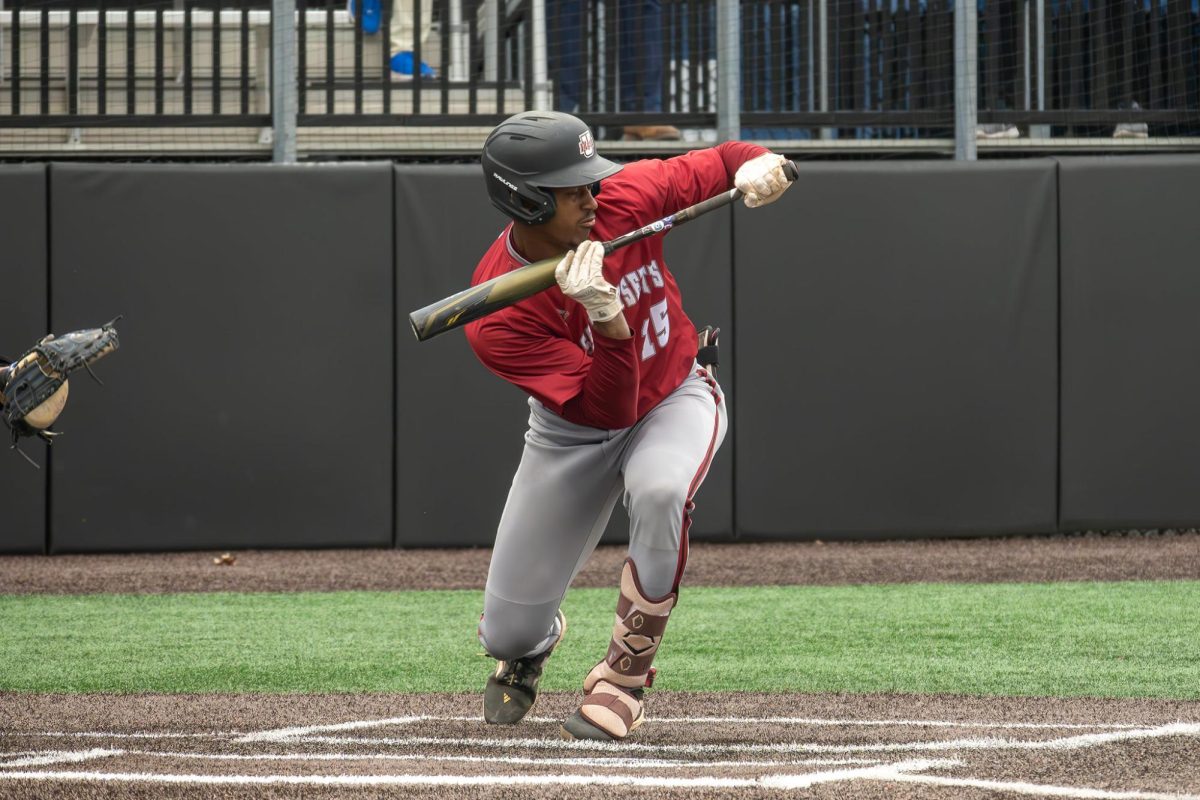





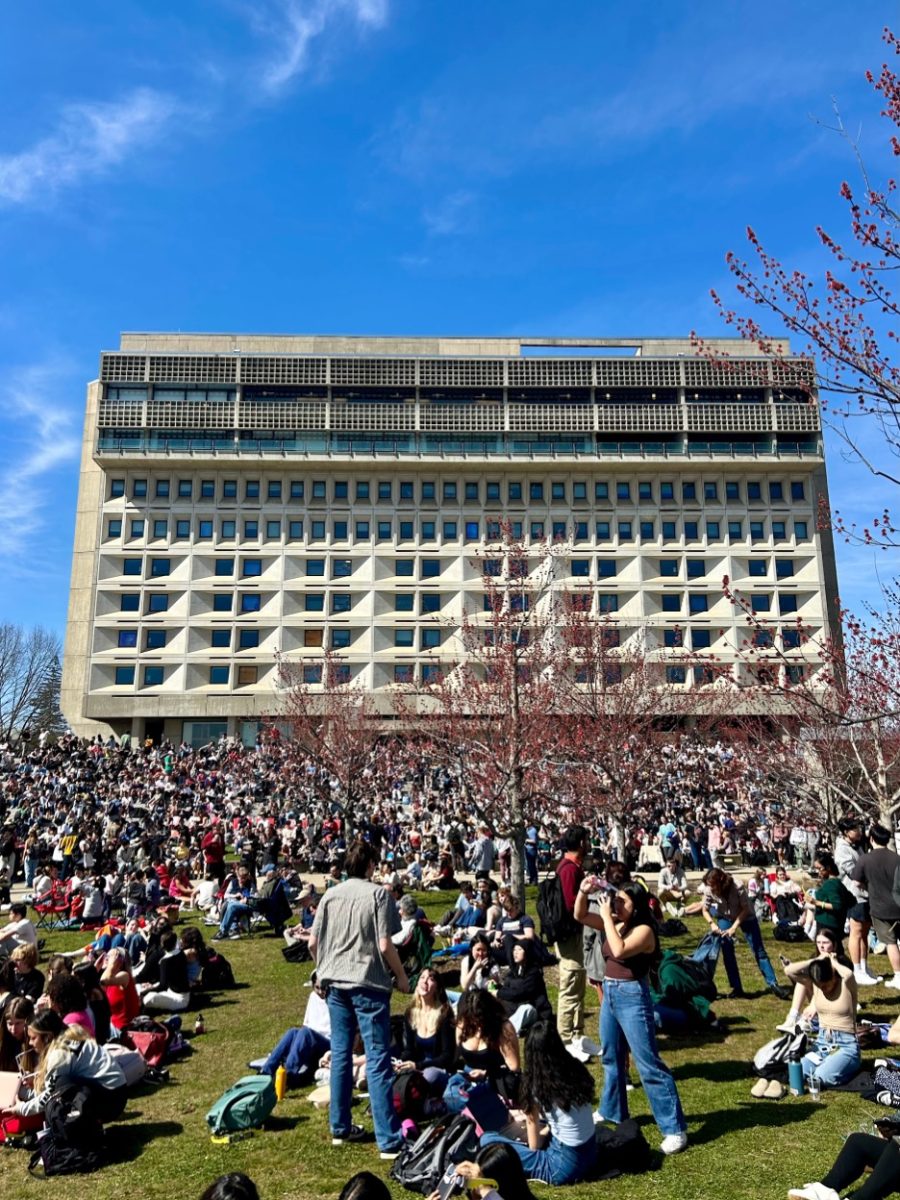
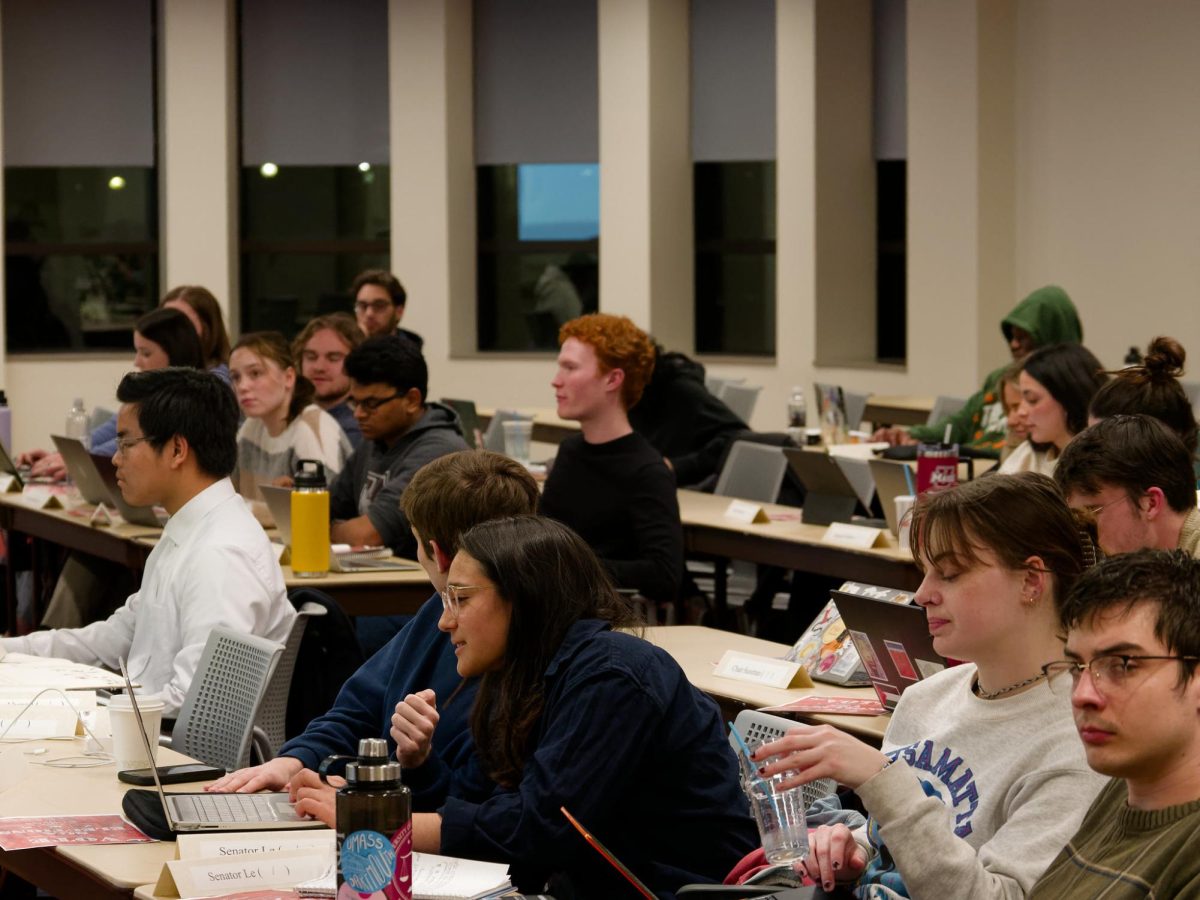
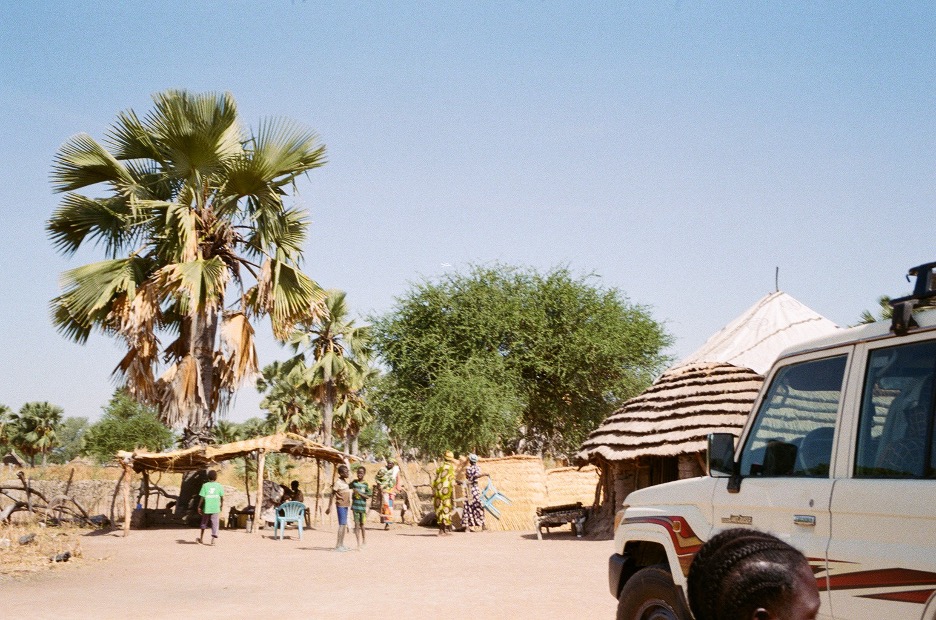




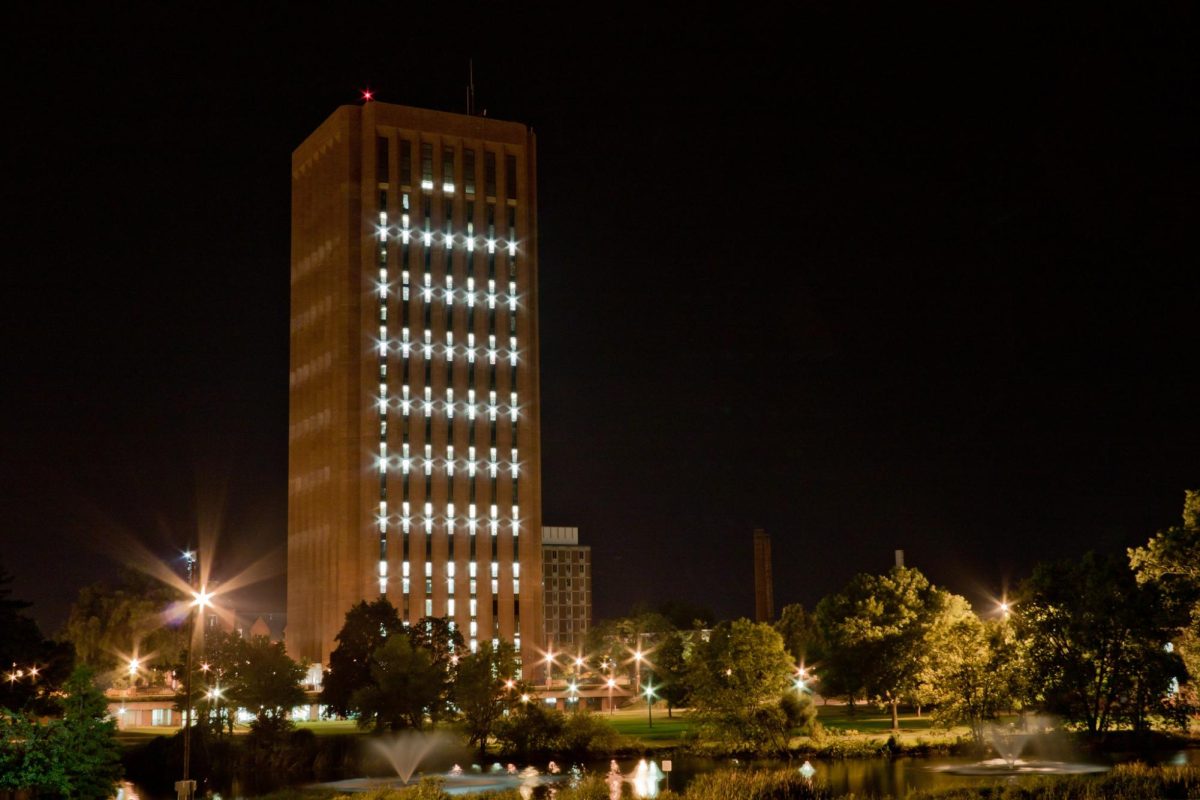
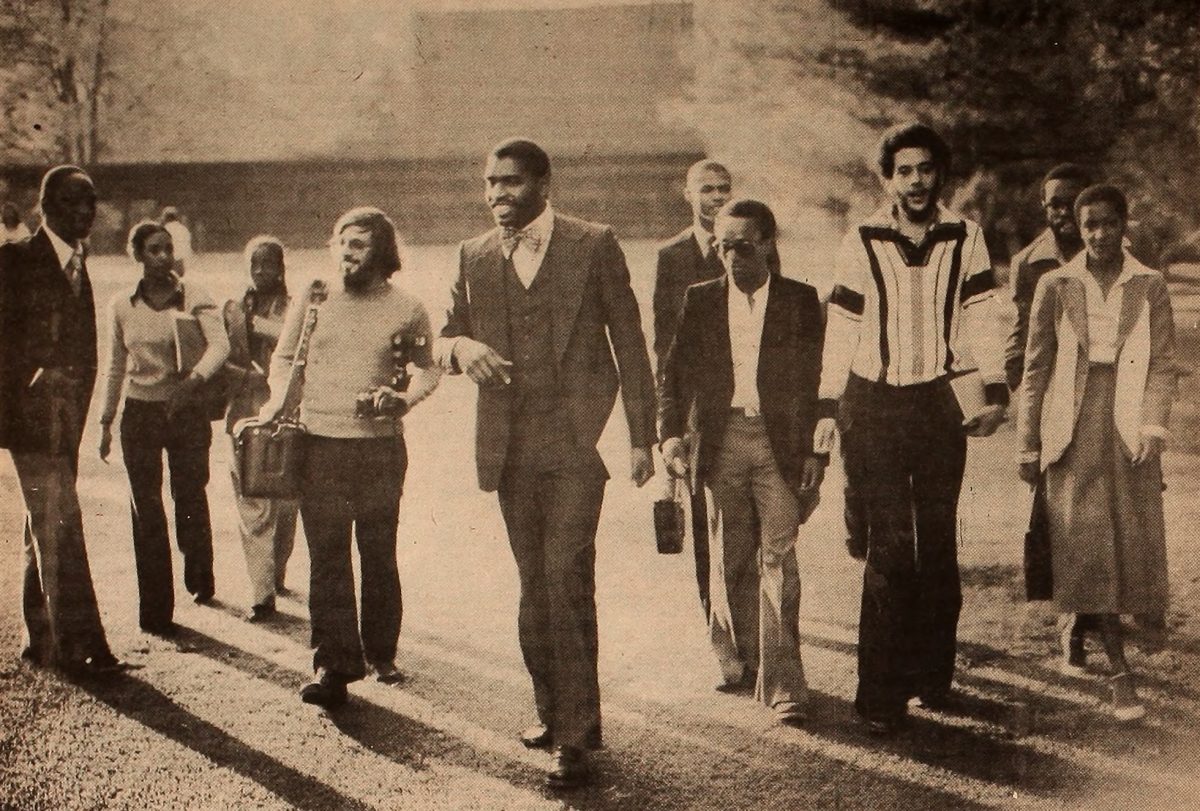
elizabeth • May 4, 2017 at 11:05 pm
I think native americans should recognize the intersectionality of their struggle with transsexuals. Native Americans working with LGBTQ would be an unstoppable union!